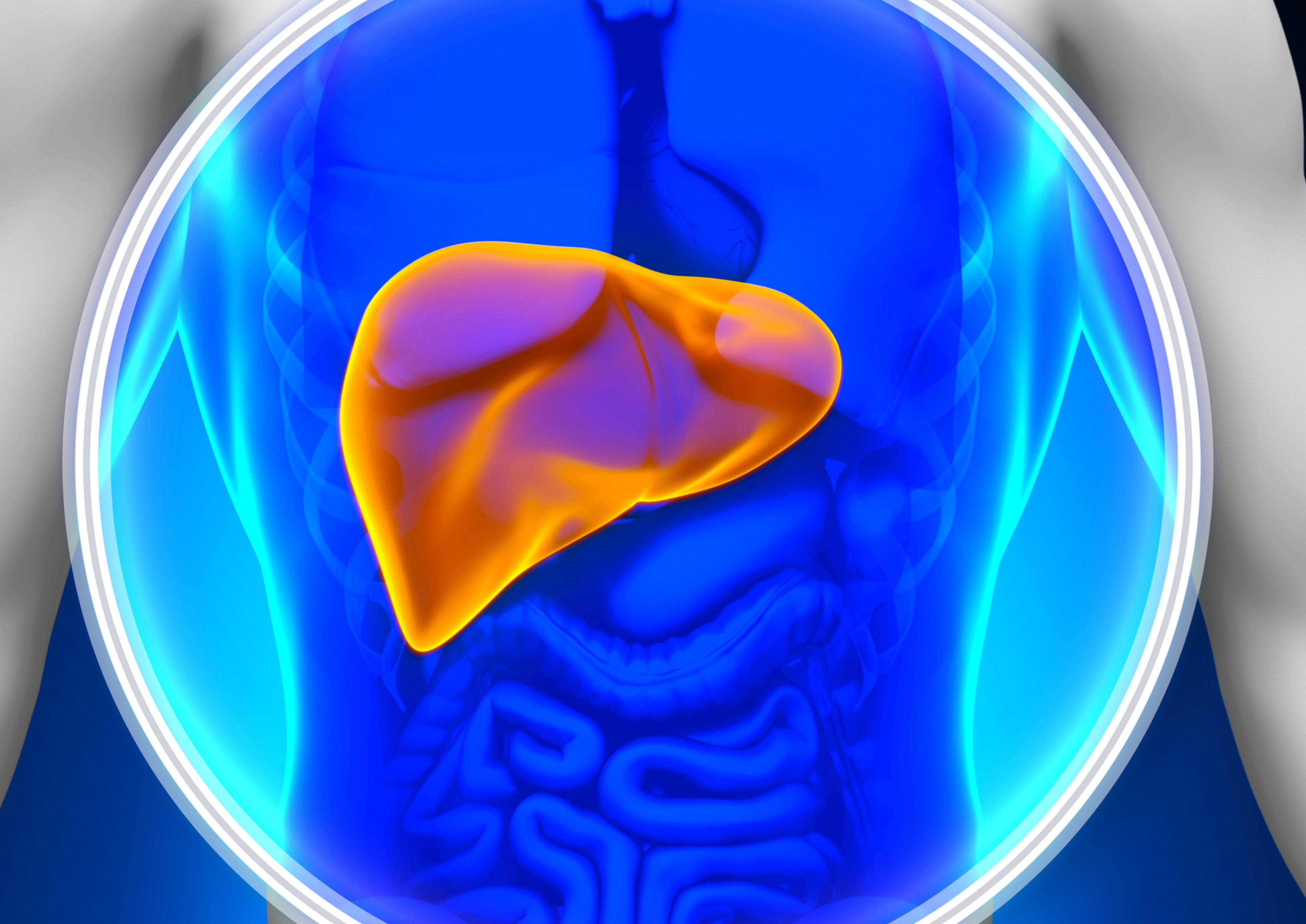Daily Semaglutide Effective for Nonalcoholic Steatohepatitis in Phase 2 Trial
A phase 2 trial examining the effects of daily semaglutide over a 72-week period suggests the GLP1-RA could help patients with biopsy-confirmed nonalcoholic steatohepatitis (NASH) achieve NASH resolution.

Data from a phase 2 trial suggest daily use of subcutaneous semaglutide could be an effective treatment for nonalcoholic steatohepatitis (NASH).
A 72-week, double-blind, parallel-group trial of patients with biopsy-confirmed NASH, results of the study indicate treatment with semaglutide resulted in a significantly greater proportion of patients with NASH resolution than placebo.
With a limited number of options available for patients with NASH, identifying new therapies could revolutionize treatment and help mitigate the increased risk for morbidity and mortality seen among these patients. With recent trials proving GLP1-RAs are more than just agents that provide modest weight loss and HbA1c control, investigators from the current study sought to determine the efficacy and safety of these agents, specifically semaglutide, in patients with NASH.
With this in mind, investigators designed the phase 2 trial as a double-blind, randomized trial in patients with confirmed NASH and liver fibrosis of stage F1, F2, or F3. As per the study design, patients were randomized in a 3:3:3:1:1:1 ratio to receive once-daily subcutaneous semaglutide at a dose of 0.1, 0.2, or 0.4 mg or corresponding placebo.
For the purpose of analysis, investigators chose the resolution of NASH with no worsening fibrosis as the primary endpoint of the study. Investigators also included a confirmatory secondary endpoint that was defined as an improvement of fibrosis stage with no worsening of NASH. Investigators noted analyses of these endpoints were only performed in patients with stage F2 or F3 fibrosis.
Patients included in the trial were 18-75 years of age, with or without type 2 diabetes, and had a BMI greater than 25 at baseline screening. Notable exclusion criteria included a glycated hemoglobin level greater than 9.5% at baseline screening, causes of chronic liver disease other than NASH, excessive alcohol consumption, and confounding concomitant drug use.
From January 2017 through September 2018, investigators enrolled 320 patients into their trial. This includes 80 receiving 0.1 mg semaglutide, 78 receiving 0.2 mg semaglutide, 82 receiving 0.4 mg semaglutide, and 80 receiving placebo. Overall, 302 patients completed the trial.
Upon analysis, results indicated 40%, 36%, and 59%, of patients randomized to 0.1, 0.2, and 0.4 mg semaglutide, respectively, achieved NASH resolution. In comparison, NASH resolution was only achieved by 17% in the placebo arm (P <.001 for semaglutide 0.4 mg vs placebo).
When assessing fibrosis stage, investigators found improvement in fibrosis stage among 43% of patients in the 0.4 mg-group and among 33% of patients in the placebo group (P=.48). Further analysis indicated mean percent of weight loss was 13% in the 0.4 mg-group compared to 1% in the placebo group.
In their safety analyses, investigators found the incidence of nausea (42% vs 11%), constipation (22% vs 12%), and vomiting (15% vs 2%) were higher in the 0.4 mg -group than the placebo group. Additionally, malignant neoplasms were reported among 3 patients who received 0.4 mg semaglutide and no patients who received placebo. Investigators also pointed out neoplasm s were reported in 15% of patients receiving semaglutide and 8% of the placebo group, with no pattern of occurrence in specific organs.
“Among patients with stage F2 or F3 fibrosis, once-daily subcutaneous treatment with semaglutide at a dose of 0.4 mg was superior to placebo with respect to resolution of NASH without worsening of fibrosis after 72 weeks of treatment, with 59% of the patients in the 0.4-mg group having a response, as compared with 17% of those in the placebo group (odds ratio, 6.87; 95% CI, 2.60 to 17.63; P<0.001),” wrote investigators.
This study, “A Placebo-Controlled Trial of Subcutaneous Semaglutide in Nonalcoholic Steatohepatitis,” was published in the New England Journal of Medicine.